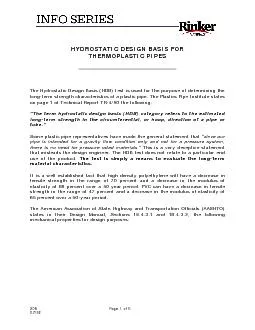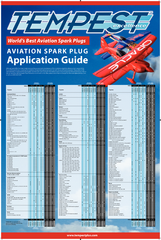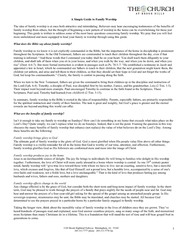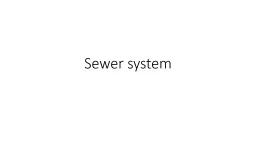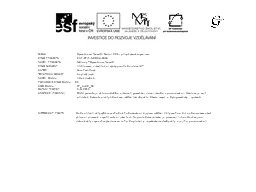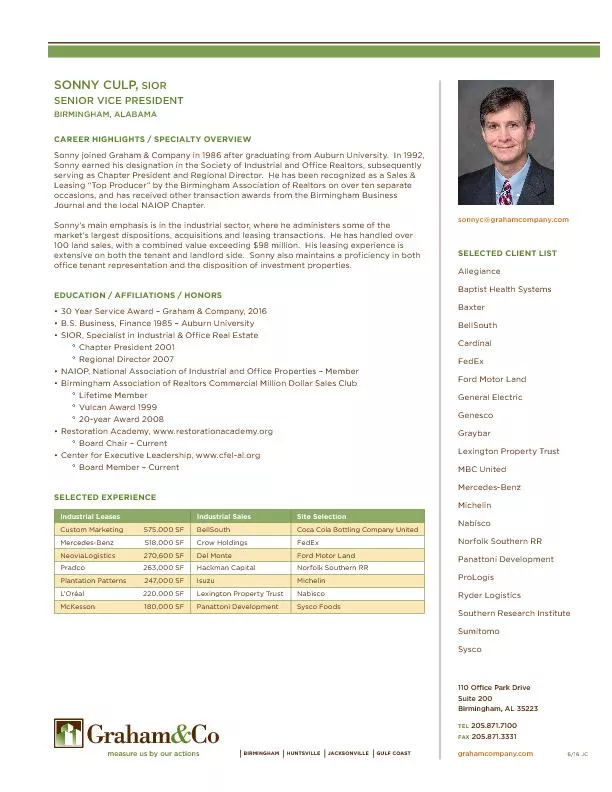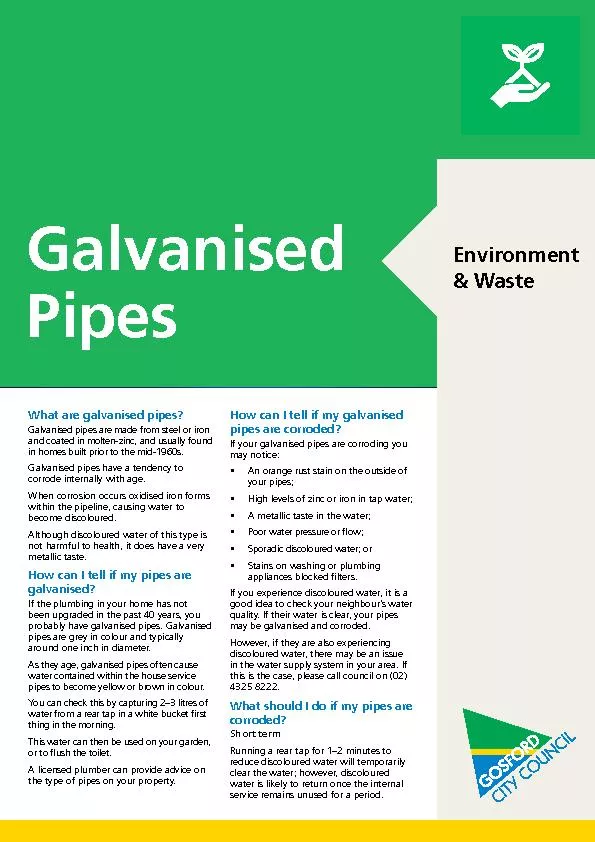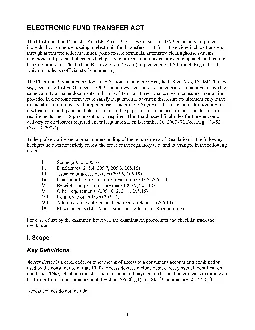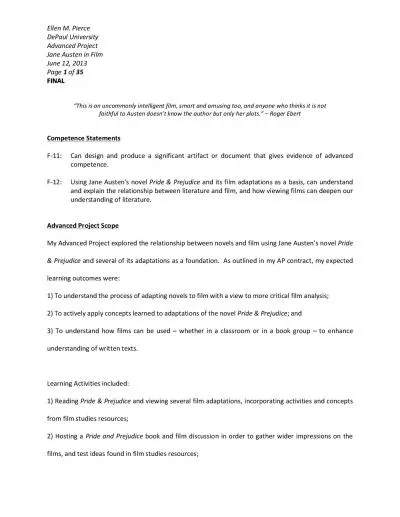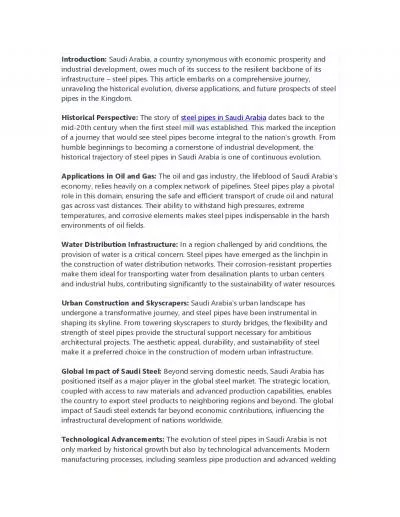PDF-205 Page 1 of 5 07/92THERMOPLASTIC PIPES
Author : mitsue-stanley | Published Date : 2017-01-08
The Hydrostatic Design Basis HDB test is used for the purpose of determining the longterm strength characteristics of a plastic pipe The Plastics Pipe Institute
Presentation Embed Code
Download Presentation
Download Presentation The PPT/PDF document "205 Page 1 of 5 07/92THERMOPLASTIC PIPES" is the property of its rightful owner. Permission is granted to download and print the materials on this website for personal, non-commercial use only, and to display it on your personal computer provided you do not modify the materials and that you retain all copyright notices contained in the materials. By downloading content from our website, you accept the terms of this agreement.
205 Page 1 of 5 07/92THERMOPLASTIC PIPES: Transcript
Download Rules Of Document
"205 Page 1 of 5 07/92THERMOPLASTIC PIPES"The content belongs to its owner. You may download and print it for personal use, without modification, and keep all copyright notices. By downloading, you agree to these terms.
Related Documents

